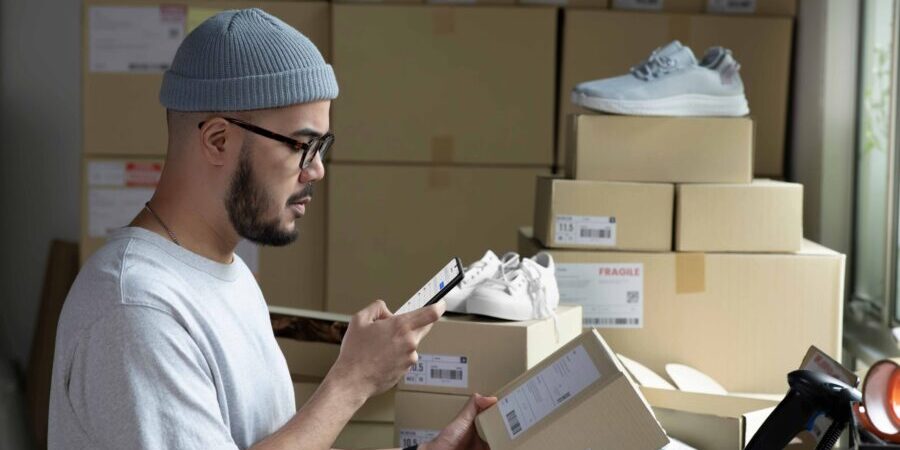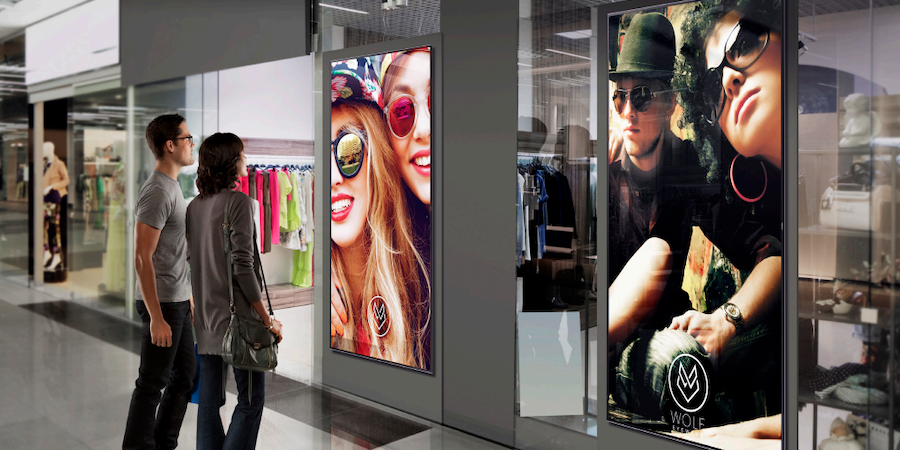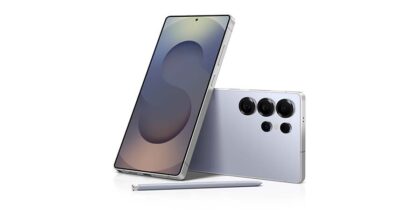As many consumers return to in-store shopping, retailers have to ensure every interaction they have adds up to a strong customer experience. This not only includes big chains but small and medium-sized retailers who are competing for consumers’ attention and business.
Mobile point-of-sale (mPOS) provides independent store owners with a flexible, lower-cost service solution that can tender sales, access inventory and support health safety measures.
Like larger retailers, small businesses also want end-to-end customer engagement so they can ensure consumers are satisfied with their purchases. Retailers can successfully deliver this elevated customer service with the help of an mPOS solution.
If you’re unsure, consider that a 2023 survey of more than 1,000 consumers found 60% expect store employees to have a mobile device, and 44% expect to check out anywhere on the store floor.
The mobile front-end
An mPOS solution consists of a tablet or smartphone that often resides at a “home base” at the checkout counter. Accompanied by an mPOS sled or accessory, the device allows associates to leave the checkout counter and assist shoppers throughout the entire shopping experience — from the minute they enter the store until they make a purchase — without ever having to leave their side.
An mPOS gives retailers flexibility. The device can be used as a stationary POS at the checkout, as a mobile solution out on the sales floor, or even deployed as a self-service POS where consumers can navigate their shopping and checkout experience unassisted.
Beyond simply processing transactions, integrated mobile apps can support a range of other in-store tasks. Inventory management integrations allow associates to view inventory levels and e-commerce channels — creating an “endless aisle” effect, which ensures out-of-stock items can be delivered to a shopper at a later time.
mPOS is quickly gaining popularity in the retail world: The total value of mPOS-enabled transactions is forecast to grow nearly 19% by 2027, reaching $1.28 trillion. The proliferation of smartphones and increasing preference for cashless payments are likely among the driving factors in this growth.
The game plan
To succeed with mPOS, independent retailers are encouraged to first review their Wi-Fi networks — not only in terms of speed and reliability but also in terms of security. When choosing an mPOS, important criteria include EMV chip card support, durability and security.
mPOS app developers must also fortify their coding frameworks, codes, encryption keys, processes, and data if they want to keep customer information safe from bad actors. Pretested and predesigned code modules can be used to ward off hacking attempts, thereby preventing developers from having to code their own security countermeasures — which could introduce risks if not done properly.
With an eye on short-term startup costs, retailers should stay focused on affordable, accessible, and versatile terminals and peripherals. mPOS sleds can combine with tablets and smartphones to deliver value to small businesses through integrated solutions that satisfy their unique mobile needs. The most recent Samsung Galaxy A54 5G, for example, combines a 6.4-inch FHD+ Super AMOLED display with 6GB of storage, a four-lens camera system and a long-lasting battery. An optimal fingerprint reader also helps keep the device more secure as part of an mPOS solution.
The future of retail is digital
Get your free guide to growing your retail business by adopting future-proof ecommerce technology. Download Now
Some new tablet devices, meanwhile, including Samsung’s Galaxy XCover6 Pro and Tab Active4 Pro, also support contactless payments without the need for additional hardware, further reducing the cost of the solution.
It’s also important for retailers to consider their available technical support. The last thing you need is a POS system crash. If your brand can’t make a sale, not only do you lose revenue, but chances are you’ll lose customer loyalty and future business as well. Support, hardware replacement, and on-site training are key to small and medium-sized businesses’ success.
Retailers have a lot to consider in their quest to build customer loyalty in a challenging economy. This should include rethinking their mPOS strategies and transitioning to affordable options that will protect customer information, engage customers in their shopping journey and streamline the entire shopping process. It’s a surefire way to build long-term relationships, which translates into real retail value.
Learn how to unify an omnichannel marketing strategy from the storefront to the point of sale in this free webinar. Or, learn more about how going mobile-only can benefit your store.









